Last year the CEO of LinkedIn, Jeff Weiner, laid out a clear problem for today’s workforce, “…somewhat surprisingly, interpersonal skills is where we’re seeing the biggest imbalance. Communications is the number one skill gap.” (emphasis added.)
Communications is the top skill gap, but most employees never get training specifically targeted to address that.
So the challenge is evergreen.
I suggest that the single most effective solution to that problem is improv training. People often think of improv as entertainment; actors making things up to amuse an audience. But besides making people laugh, improv training can be used to help employees become better communicators and collaborators.
I’m a professional actor steeped in decades of communicating information and emotion to audiences large and small. I learned first hand that the theatrical training improvisors get in pursuit of comedy is also directly applicable to anyone that wants to improve their “soft skills” which are vital in today’s workplace.
Skills such as:
Listening to Understand, not to Respond
Employing Heightened Emotional Intelligence
Using best practices of physical communications (body language, facial expressions, vocal choices, eye contact)
Engaging in true Collaboration, etc.
This whole suite of human interaction qualities that make some people more effective “socially” were once thought to be innate. But all of those skills are identifiable and learnable behaviors. And improv teaches them in an actually fun and engaging way.
When improvisors create a scene they start with nothing. No script, no characters, no theme, no plot - nothing. The only way to successfully create a bit of theatre with another person completely without preparation is to apply the tools learned through improv.
I learned both how to apply and how to teach these skills during my years at The Groundlings Theatre. We use some of the same exercises in corporate trainings that we used to help alumni such as Kristen Wiig, Taran Killam, Maya Rudolph, Will Ferrell and Melissa McCarthy to become comedic superstars.
And improv training is very effective because it is experiential. Participants get up on their feet and engage their brains and their bodies in exercises that are actually fun. This method makes the training much more absorbable and practicable than sitting through a Power Point data dump. The actionable skills of acutely listening to your coworkers and cooperating with an orientation of agreement (called “Yes, And” in improv) are much more direct and applicable than, say, a ropes course.
Sometimes, employees are little anxious about making stuff up with zero preparation in front of their colleagues. But when working with experienced organizations such as The Groundlings, the facilitators create a fun and friendly space that allows the workshoppers to get out of their comfort zones quickly. The exercises can be challenging, but the challenges generate a lot awareness and improvement of interpersonal communication skills. They also generate a lot of laughter, which is a welcome by-product of the training because it naturally results in team building.
Of course, like any skill set, these have to be practiced.
But once a team has improv training together, those skills get woven into the workplace dynamic with shared vocabulary and experience. They will find it easier to communicate, create and collaborate with each other. They will have tools to embrace new ideas more quickly and confidently.
And while improv generally makes everything better, it can be highly specialized. When I’m hired to facilitate a training through The Groundlings, I work with the client to identify their specific learning objectives. Sometimes the goal is boosting employee confidence to contribute or valuing coworkers so they feel more invested in theirs and the company’s goals. Improv training can be customized to bolster all of these elements.
Close that gap. Increase team members abilities to trust themselves and contribute more. Laugh. Learn. Improve. Improv.

